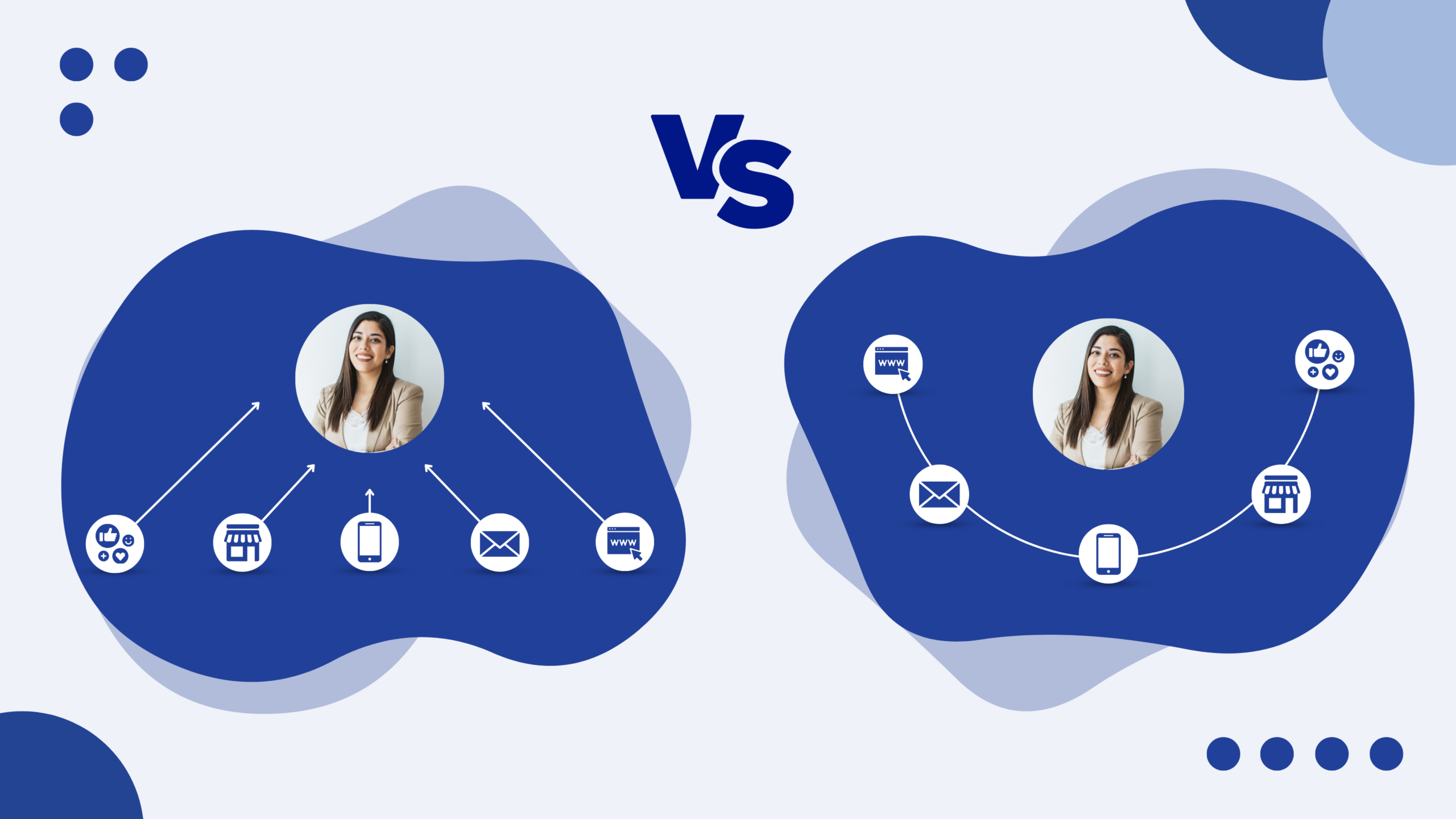Selling a product is no longer a straightforward task. Consumers seek transparency, legislators insist on regulatory compliance, marketplaces want comprehensive details, and internal teams crave data oversight. In today’s omnichannel era, success hinges on an often underestimated currency: detailed, accurate, and transparent product information that sells itself. To meet these diverse needs for product information we want to start by asking a fundamental question: What is PIM?
Product Information Management (PIM) metamorphoses raw product data into the enriched, dependable information that your customers anticipate.
PIM, short for Product Information Management, functions as a centralized platform that streamlines the consolidation, enrichment, and distribution of product information. It plays a vital role in efficiently gathering and managing product-related data to meet the diverse information demands placed on products in today’s business landscape.
Benefits of Using PIM
As companies grow, so does the complexity of managing their ever-expanding list of products. PIM systems help streamline the process of organizing, enriching, and maintaining product data across various sales and marketing channels. This hub for product information ensures that businesses can efficiently manage everything from basic product data to technical information, marketing details, sales information, localized content, category and attributes taxonomy, design information, images, and specifications. Some PIMs even have functionalities to connect with suppliers’ data for automated stock and pricing updates, establish connection with product content catalogs to source product data, instead of creating from zero, as well as create mixed media content, such as Product Stories, in order to make a wow-effect for the buyer.
“The benefits of using PIM include shortened onboarding times, better coordination for product launches, streamlined marketing campaign design, and the ability to open new business channels more swiftly.”
PIM empowers brands and retailers to offer a cohesive and personalized experience across numerous channels, making it a valuable asset for product marketers, sales teams, Purchase and e-commerce managers.
Manually organizing this product information is a laborious and costly process, often leading to the risk of sharing incorrect or outdated information with customers. To address these challenges, many e-commerce brands are turning to Product Information Management (PIM) tools to enhance the customer and employee experience. In this guide, we’ll explore what PIM is and the benefits it can offer your eCommerce business.
Defining PIM among other E-commerce solutions
PIM systems allow users to store, enrich, and manage complex product information, serving as a central hub for product-related data. These tools streamline the process of updating and managing accurate information across various channels. PIM integrates seamlessly with eCommerce platforms, CRM systems, and ERP software, ensuring up-to-date product information is readily accessible. It’s particularly valuable for businesses with ever-evolving product catalogs, sales strategies, and marketing messaging.
PIM systems are sometimes confused with other product-related software, such as master data management (MDM) tools, product experience management (PXM) solutions, product data management (PDM) platforms, and content management systems (CMS). Let’s figure out what is the difference between them.
| Feature / Aspect | PIM | MDM | PXM | PDM | CMS |
| Primary Focus | Product Information | Master Data | Product Experience | Product Data | Content Management |
| Data Scope | Product-Centric | Enterprise-Wide | Product-Centric | Product-Centric | Content-Centric |
| Data Types | Product-related | Various (Product, Customer, etc.) | Product-related | Product-related | Content-related |
| Data Enrichment | Yes | Yes | Yes | Limited | Limited |
| Workflow & Collaboration | Yes | Yes | Yes | Limited | Yes |
| Multi-language Support | Yes | Yes | Yes | Limited | Yes |
| Distribution Across Channels | Yes | Limited | Yes | Limited | Yes |
| Integration with E-commerce | Yes | Yes | Yes | Limited | Limited |
| Data Validation | Yes | Yes | Yes | Limited | Limited |
| Data Quality Assurance | Yes | Yes | Yes | Limited | Limited |
| Flexibility & Scalability | Yes | Yes | Yes | Limited | Limited |
| Omnichannel Support | Yes | Limited | Yes | Limited | Limited |
| Analytics & Reporting | Yes | Yes | Yes | Limited | Limited |
| Pricing Management | Yes | Limited | Yes | Limited | Limited |
| Use Cases | E-commerce, Retail | Enterprise Data Management | Marketing, Branding | Manufacturing | Website Content |
What are the core functions of PIM?
What Information is Managed in a PIM System?
- media assets (images, videos, product stories)
- attributes/specifications families
- marketing information (descriptions, product bullet points. etc)
- content in different languages
- category taxonomy
- available suppliers per product*
- stock and pricing data*
- additional files (such as manuals, and instructions)*
- pricing modules (such as fixed price or markup)*
- warehousing selection (such as cheapest price)*
- omni channels sales
*not all standard PIM solutions provide these functionalities
Why Use PIM?
- You have a growing assortment or you plan to scale up in a short term
- You need consistent product pages in every category/product family
- You have a numerous category tree
- You sell multichannel
- You require complicated pricing modules, such as selling the brand Apple with a 30% markup, and other devices with a 25% markup*
- You have multiple suppliers and want to sell the product at the cheapest/the most expensive price*
- You need to automate your pricing and stock updates from your suppliers*
- You want to source content from a product content provider*
*not all standard PIM solutions provide these functionalities
PIM’s impact is particularly pronounced in the following areas:
Omnichannel Experiences: PIM enables businesses to maintain consistent product content across multiple channels, making it more manageable.
Reliable Data: PIM ensures that users are always working with the latest product information, reducing the risk of using outdated or inaccurate data.
Centralized Product Information: It organizes data efficiently, enhancing the efficiency of e-commerce and marketing teams and allowing businesses to expand their product catalog easily.
Consistent data: it serves as a centralized and structured repository for product information
Who Uses PIM?
Anyone in eCommerce, marketing, or sales, or those responsible for operating across multiple channels benefit from using PIM. Usually, the roles in the team are the following:
- E-commerce managers
- Content managers
- Data quality editors
- Merchandisers
- Purchasing managers
- Marketing and Sales teams
Do I need PIM?
If your business deals with a large amount of products, then the answer is almost certainly yes.
Most retailers, brands, and manufacturers stand to gain from embracing a PIM solution. The demand for quality product information is apparent across various industries, markets, and locations.
Regardless of your location or the nature of your products, the expectations for quality information are on the rise among consumers and regulators. Subpar information, delivered through inefficient data management, not only jeopardizes potential sales but also opens the door to compliance issues. This can lead to the closure of essential sales channels, markets, and even result in fines.
Icecat PIM is more than just a PIM solution
Incorporating a PIM system like Icecat PIM can centralize and simplify product data management, enhance customer engagement, and speed up time-to-market.
But not only that.
Icecat PIM is a sophisticated platform that not only effortlessly manages and enhances product data but also incorporates capabilities for implementing connection with suppliers’ feeds, pricing, and warehousing rules, as well as connection with a content provider, Icecat.
Irina is a Digital Marketing Lead with a passion for creating impactful marketing strategies that drive brand success. When she’s not crafting campaigns, she enjoys writing, traveling to new destinations, discovering exciting new things, and seeking outdoor adventures.



